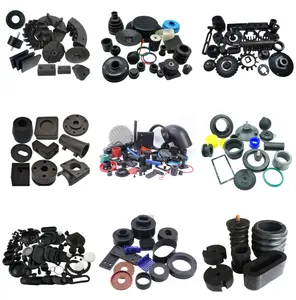
Manufacturing Custom Vulcanized Fkm Nbr Epdm Polyurethane Pu Molded Silicone Rubber Products Shaped Profiled Seal Spare Parts

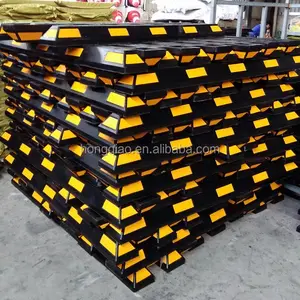
Wheel Stops Parking Wheel Stopper Parking Safety Rubber Heavy Duty High Visible Hongqiao 0.25kg-8.75kg DWQ-005 CN ZHE CE







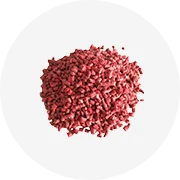
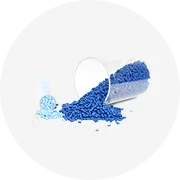
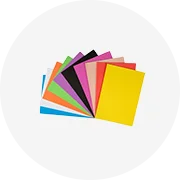
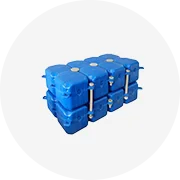
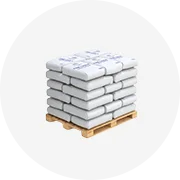
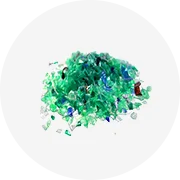
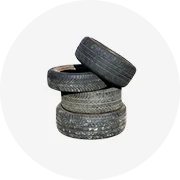
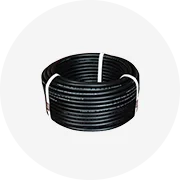

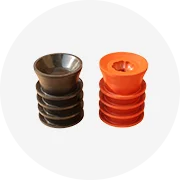
Rubber pipe protectors are essential components in various industrial applications, designed to safeguard pipes from wear, corrosion, and environmental factors. These protectors are crafted from durable materials, ensuring longevity and reliability in protecting piping systems.
There are multiple types of rubber pipe protectors, each suited to different applications. From simple cylindrical sleeves to complex shapes, these protectors are utilized in industries ranging from plumbing to aerospace. Their versatility makes them indispensable in creating seals and gaskets for household appliances and other manufacturing needs.
The materials used in rubber pipe protectors are chosen for their resistance to harsh chemicals, oil, and water, contributing to their ease of maintenance. The adaptability of these materials means that protectors can be found in various forms, including sheets, rolls, pre-made bands, and O-rings, catering to a wide array of industrial requirements.
The advantages of using rubber pipe protectors are numerous. Their high tensile strength and durability allow for repeated use and reapplication without the risk of tearing. Some protectors are even engineered for specialized fields such as aerospace and defense, highlighting their advanced design and capability to perform under extreme conditions.
Customization options for rubber pipe protectors are abundant, with a selection of colors and sizes available to meet specific industrial needs. This versatility ensures that protectors can be easily adapted or reshaped, providing a practical solution for weatherproofing and leak prevention in various environments.
Selecting the appropriate rubber pipe protector is crucial for any industry. It involves considering the protector's resistance to environmental factors and its compatibility with the pipe material. With a range of options available, finding the right fit to ensure efficient production and effective protection is simplified.